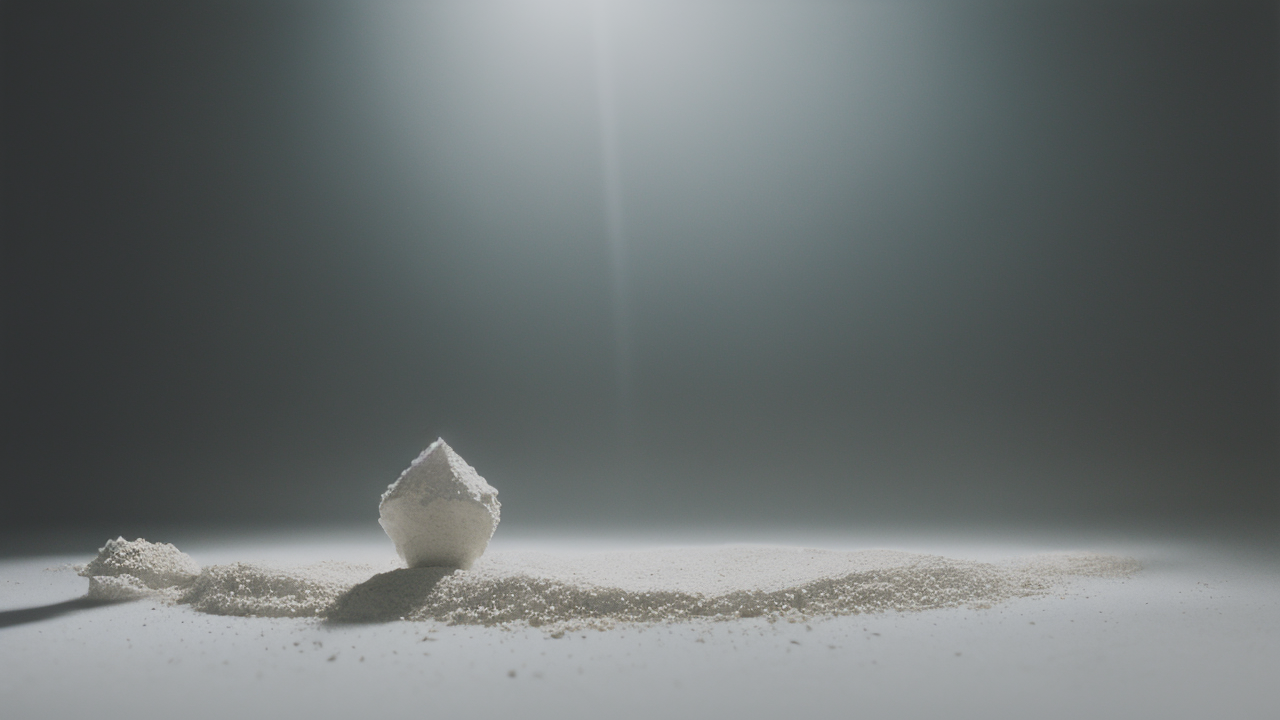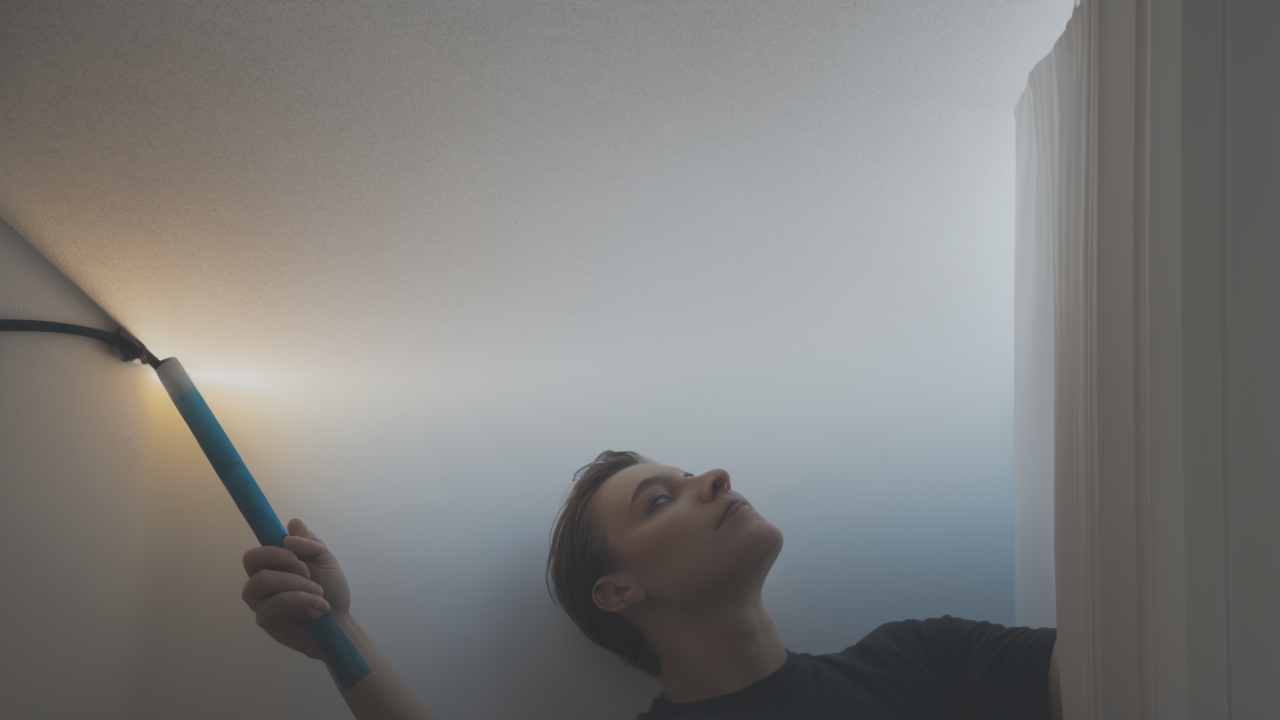
Elevate Your Artpiece: Colorful Painted Techniques for Plaster Textures
Understanding Plaster Texture Art
The History of Plaster Texture in Modern Art
Plaster texture art has a rich history in modern art. It began in the early 20th century with artists like Pablo Picasso. They used plaster to create unique textures in their sculptures and paintings. This technique allowed for more depth and dimension in artworks. Over time, it evolved into a distinct art form. Artists experimented with different tools and methods to create varied textures. They found that plaster could be molded, carved, and painted in countless ways. This versatility made it a favorite among avant-garde artists. Today, plaster texture art continues to be a popular medium for creative expression.

The Role of Texture in Sculpture and Painting
Texture plays a crucial role in both sculpture and painting. It adds depth, interest, and tactile quality to artworks. In sculpture, texture can make a piece more engaging and interactive. It invites viewers to touch and explore the surface. In painting, texture can create visual interest and depth. It can make flat surfaces appear three-dimensional. Artists use texture to guide the viewer's eye across the piece. It can also evoke emotions and set the mood of an artwork. Texture can be smooth, rough, bumpy, or anything in between. Each type of texture can convey different feelings and ideas in art.
Innovative Painted Techniques for Plaster Textures
Exploring Colorful Plaster Art Techniques
Colorful plaster art techniques offer endless creative possibilities. One popular method is mixing pigments directly into wet plaster. This creates a unique, marbled effect throughout the piece. Another technique involves layering different colored plasters. Artists can then carve or sand the surface to reveal the layers beneath. Some artists use stencils to create patterns in colored plaster. Others prefer a more freeform approach, dripping or splattering colored plaster onto a surface. Textured rollers can also add interesting patterns to colored plaster. These techniques can be combined in countless ways to create truly unique artworks.

Enhancing Your Artwork with Textured Finishes
Textured finishes can greatly enhance your artwork. They add depth, dimension, and visual interest to any piece. One simple technique is using a textured roller on wet plaster. This creates a uniform pattern across the surface. For more organic textures, try pressing found objects into wet plaster. Things like leaves, fabrics, or even bubble wrap can create interesting imprints. Another method is to use a palette knife to create swirls or ridges in the plaster. You can also sprinkle sand or small pebbles onto wet plaster for a gritty texture. These techniques can be used alone or in combination to create complex, layered textures.
Tips for Achieving Diverse Texture Effects
To achieve diverse texture effects, experiment with different tools and techniques. Use combs, forks, or brushes to create linear patterns in wet plaster. Try using a sponge to dab on plaster for a porous effect. Crumpled paper or plastic wrap can create interesting organic textures when pressed into plaster. For smooth textures, sand dried plaster with fine-grit sandpaper. To create depth, layer thin coats of plaster and carve or sand between layers. Don't be afraid to mix techniques or invent new ones. The key is to explore and find what works best for your artistic vision. Remember, practice makes perfect when it comes to creating diverse textures.
Implementing Painted Techniques in Your Studio Art
Step-by-Step Guide to Painting Plaster Textures
- Prepare your workspace with drop cloths and gather your materials.
- Mix your plaster according to package instructions.
- Apply a base layer of plaster to your surface and let it partially set.
- Use tools or objects to create your desired texture in the semi-dry plaster.
- Allow the plaster to fully dry.
- Sand the surface if desired for a smoother finish.
- Apply a base coat of paint if you want a colored background.
- Use various painting techniques to enhance the texture:
- Dry brushing to highlight raised areas
- Washes to add depth to recessed areas
- Sponging for a mottled effect
- Add details with fine brushes or other tools as desired.
- Seal the finished piece with a clear varnish to protect it.
Creative Ideas for Plaster Texture Art Projects
There are many creative ways to incorporate plaster texture into your art projects. Try creating a textured abstract painting using colored plaster as your medium. Make a series of small plaster tiles with different textures and arrange them into a larger composition. Create a sculptural wall hanging by molding plaster over a wire armature. Use plaster to add texture to a mixed media collage. Make plaster casts of interesting objects and paint them in vibrant colors. Create a textured backdrop for a still life painting. Use plaster to add dimension to a portrait or landscape painting. The possibilities are endless with this versatile medium.

Maintaining Artwork Integrity and Aesthetics with Plaster Textures
To maintain the integrity and aesthetics of your plaster texture artwork, proper care is essential. Always handle plaster pieces with clean, dry hands to avoid transferring oils or dirt. Dust your artwork regularly with a soft, dry brush or cloth. Avoid using water or cleaning solutions, as these can damage the plaster. If your piece is painted, make sure it's properly sealed to protect the color. Store plaster artworks in a cool, dry place to prevent moisture damage. Avoid displaying them in areas with high humidity or direct sunlight. If your piece gets chipped or cracked, consult a professional art conservator for repairs. With proper care, your plaster texture artwork can maintain its beauty for years to come.


